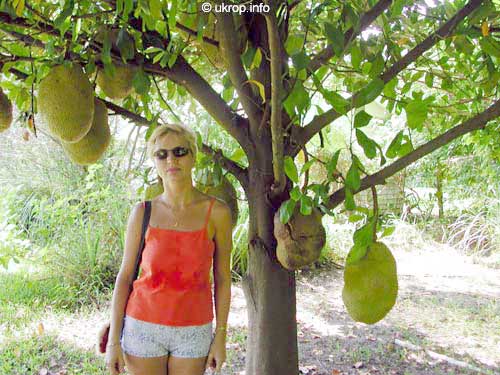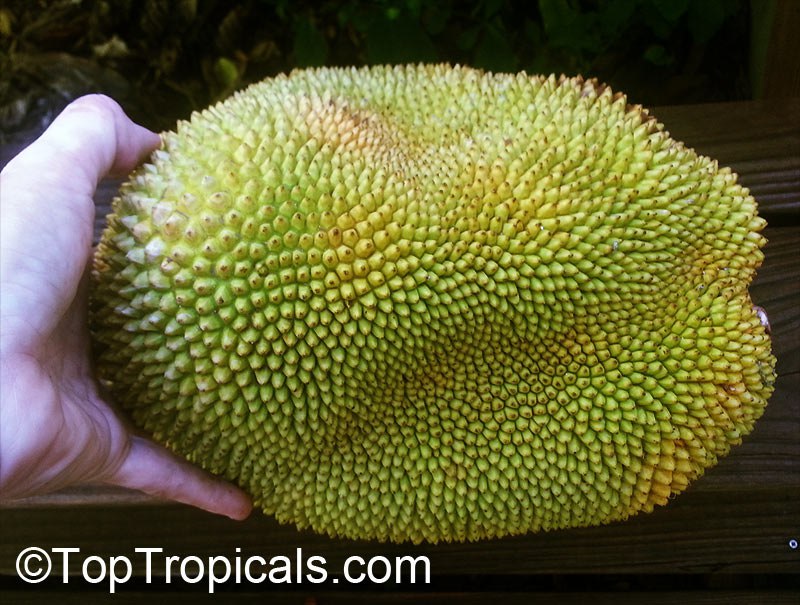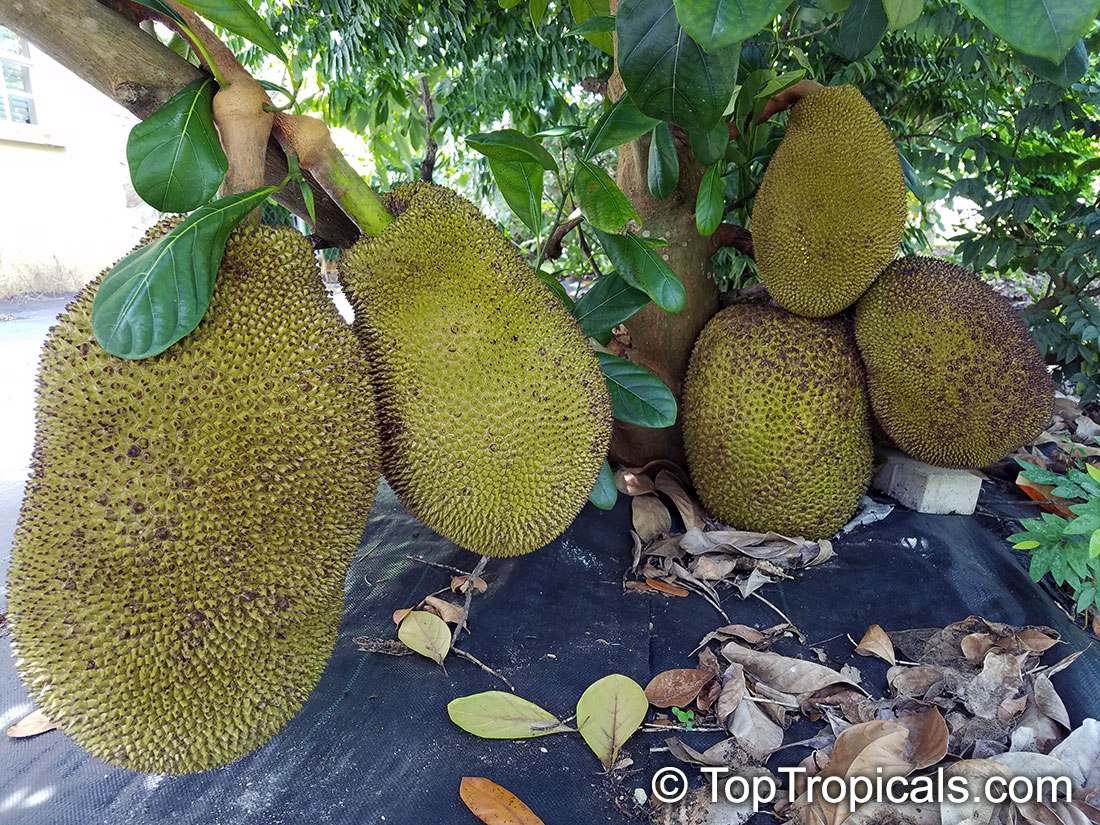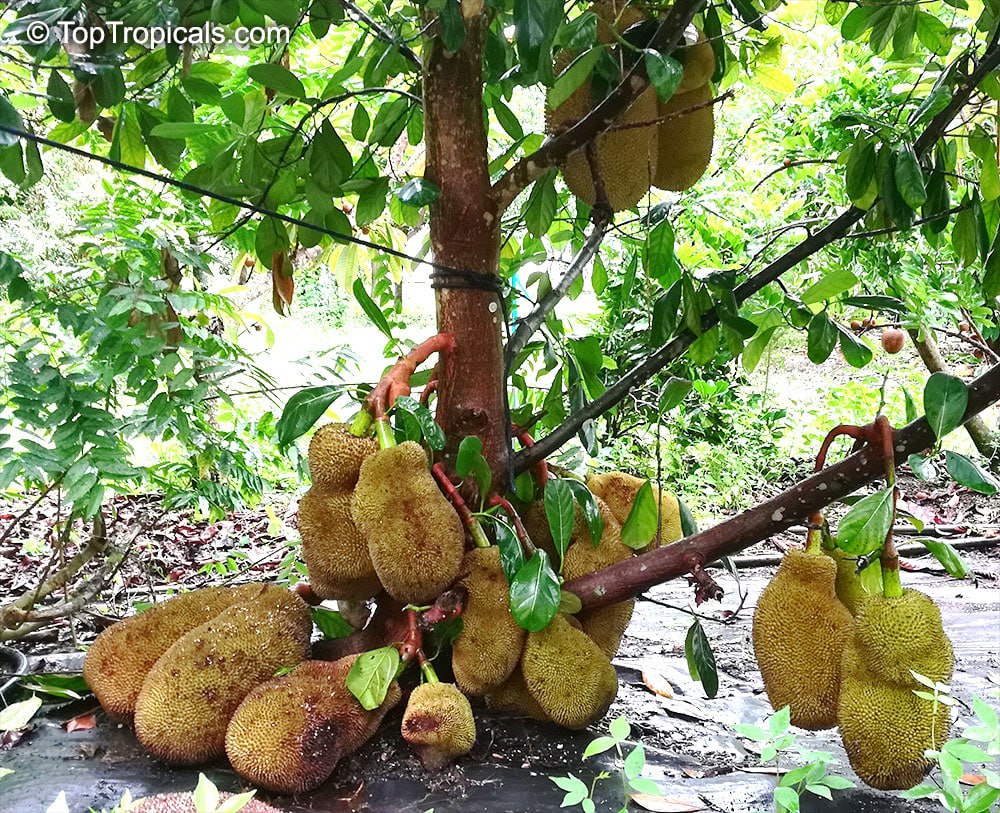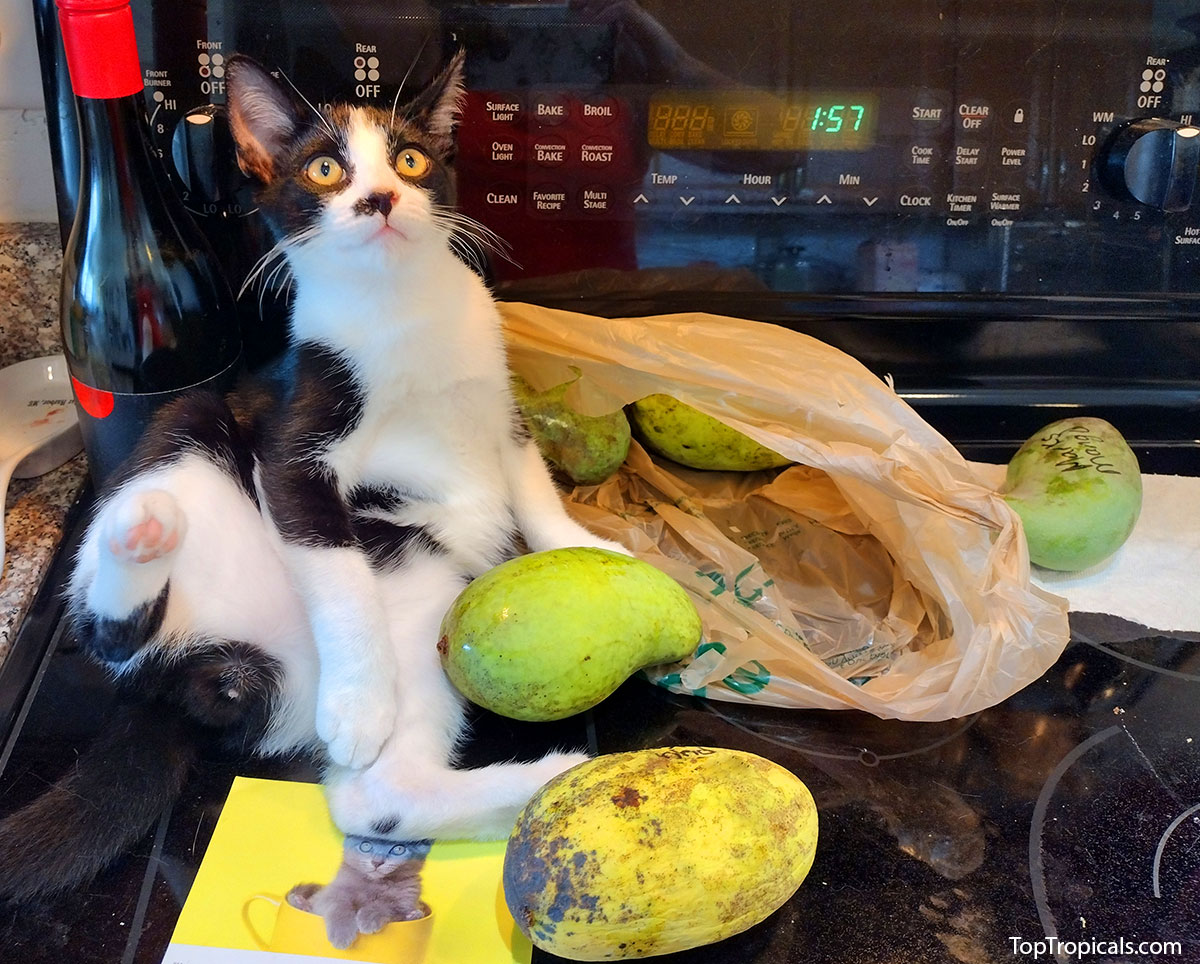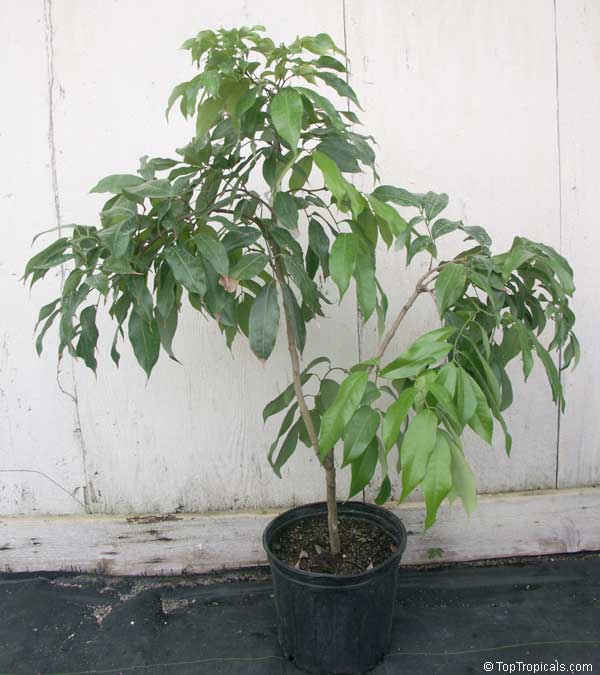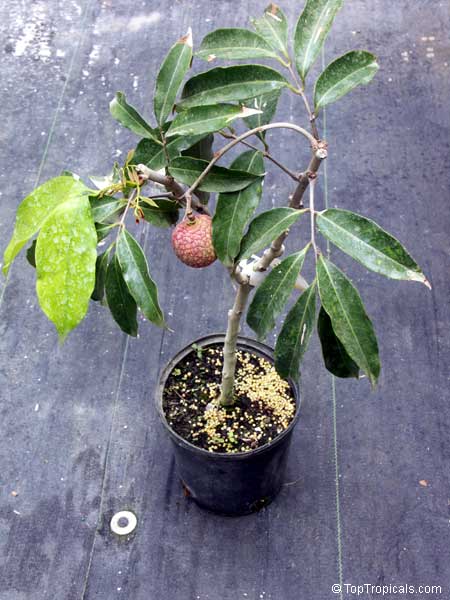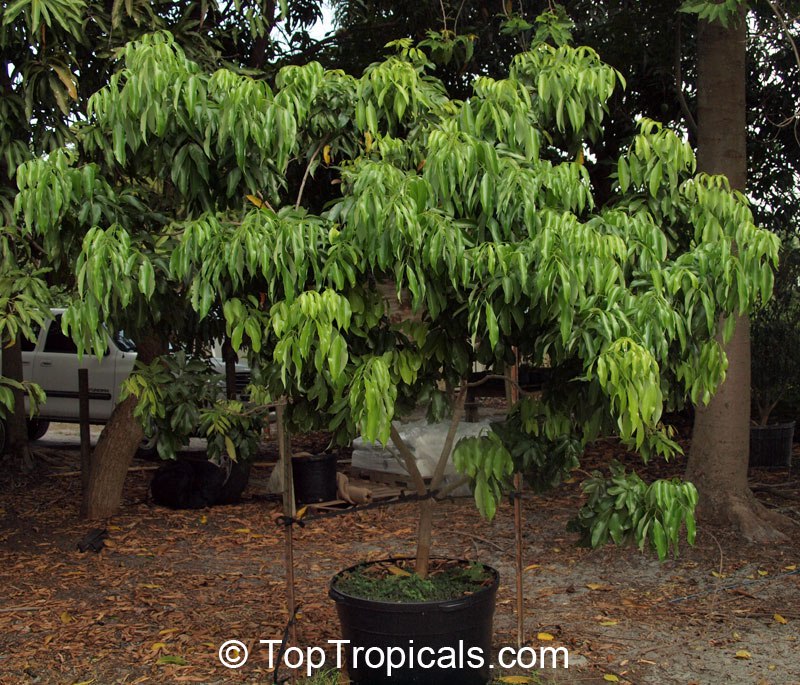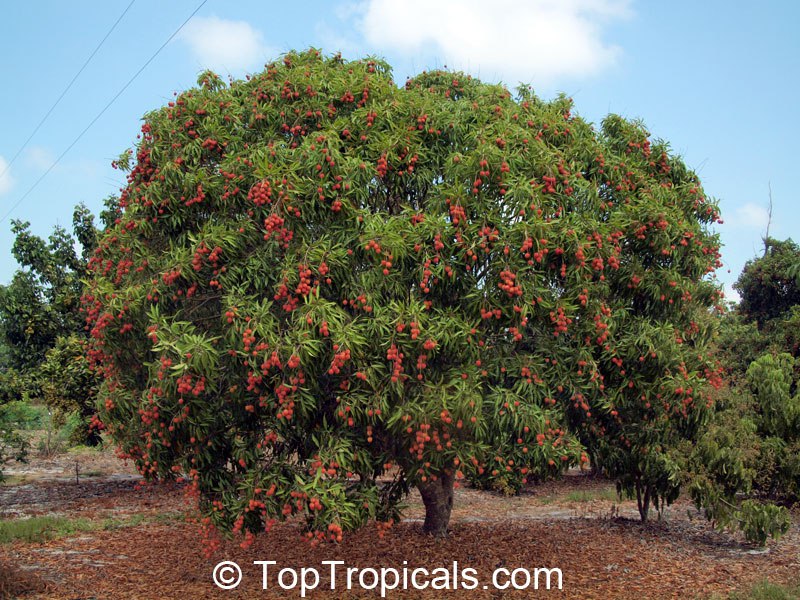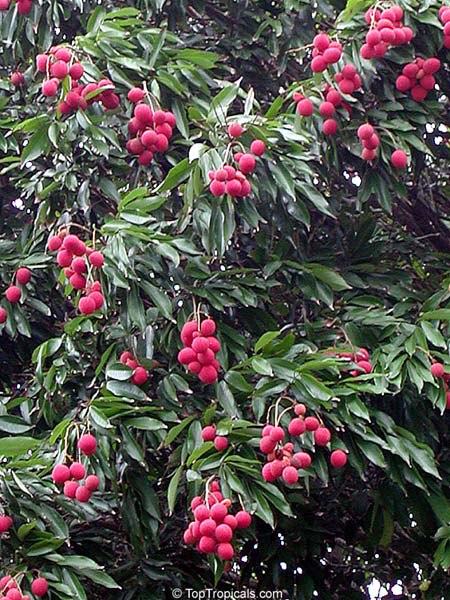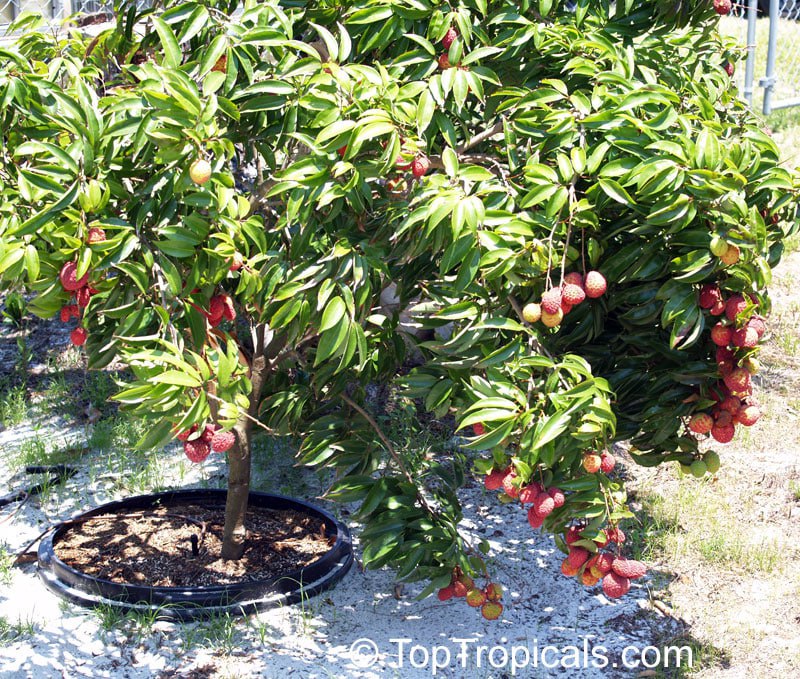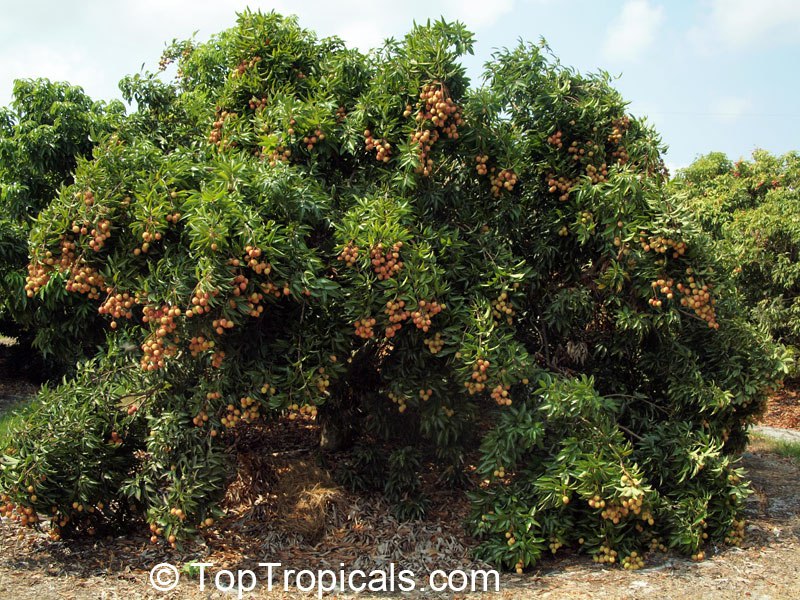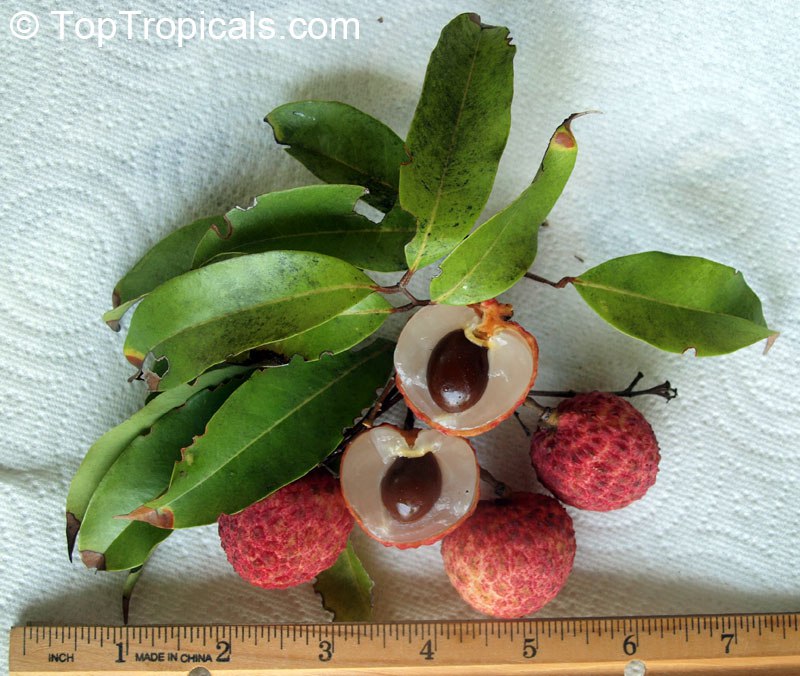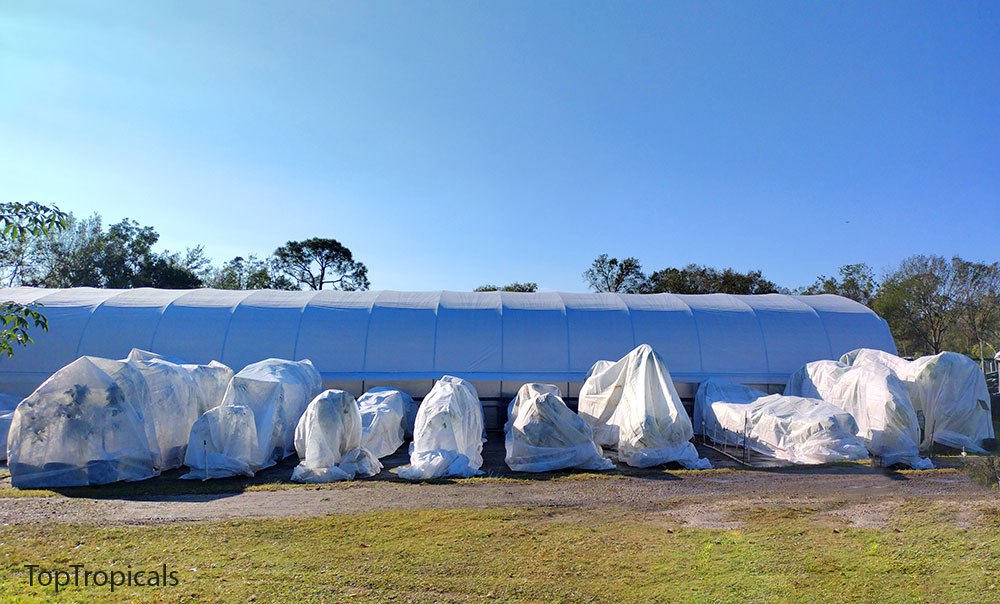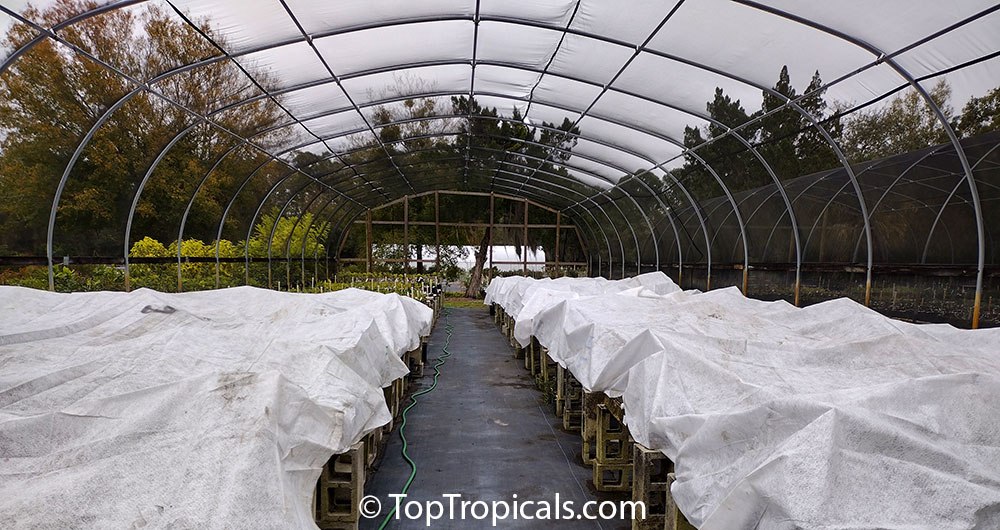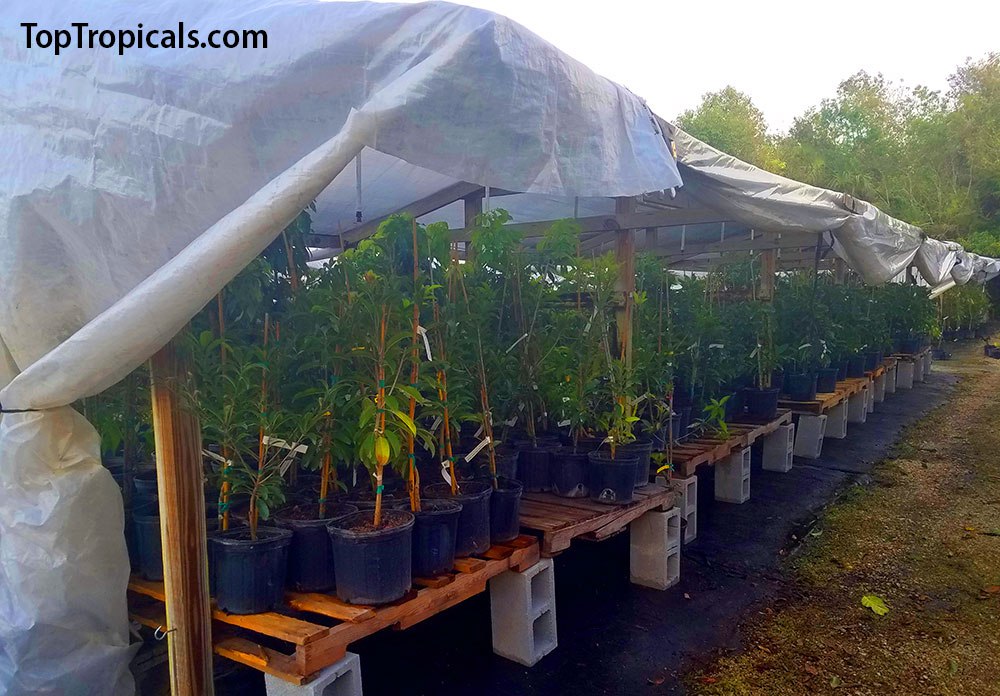Discover 10 best fruit trees to grow in Florida and Southern landscapes
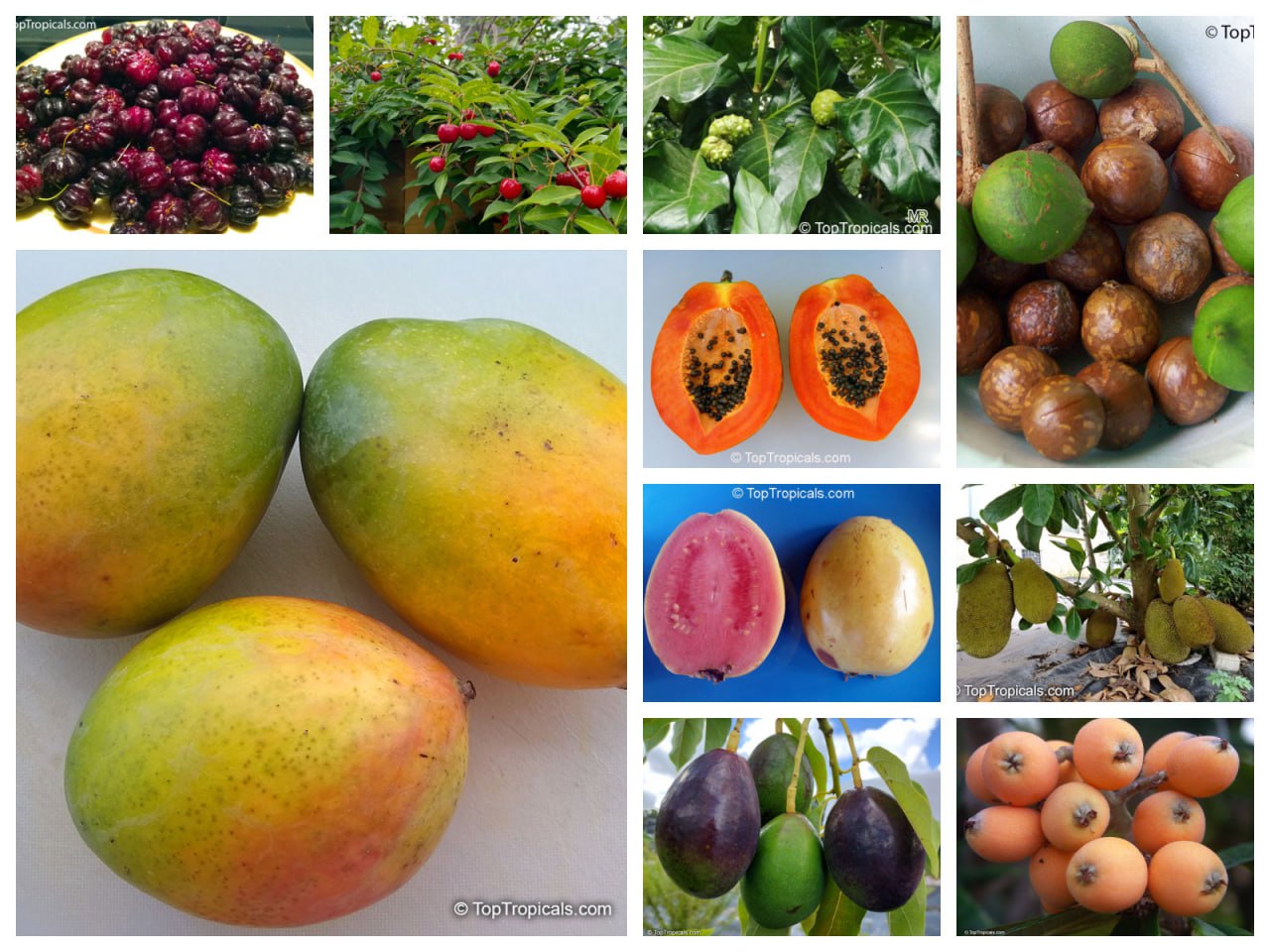
Tropical fruit collage
- Mango (Mangifera indoca)
- Avocado (Persea americana)
- Tropical Cherries (Eugenia sp.)
- Barbados Cherry (Malpighia glabra)
- Noni (Morinda citrifolia)
- Macadamia Nut (Macadamia integrifolia)
- Papaya (Carica papaya)
- Guava (Psidium sp.): Cattley and Tropical guava
- Jackfruit (Artocarus heterophyllus)
- Loquat (Eriobotrya japonica)
Stay with us to learn more about these trees in the following posts and make sure to subscribe! ⬇️
📚 Learn more from previous posts:
🛒 Shop fruit trees
#Food_Forest
🔴 Join 👉 TopTropicals
